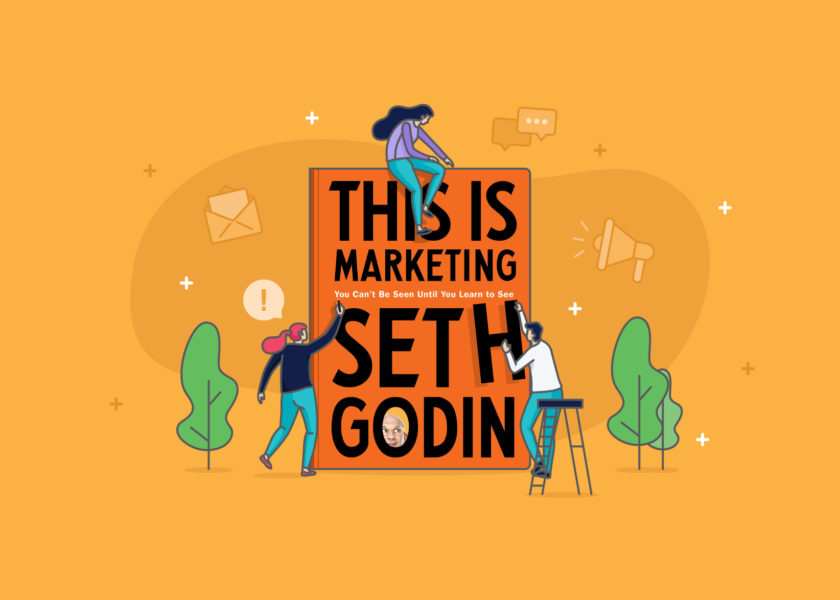In my experience, law firms love publishing content about a change in legislation. A law changes, and a law firm, particularly, commercial law firms scramble to get something out to their network as quickly as possible.
The problem is, just about every law firm does it. And law firms shouldn’t be purely just news sources anyway. An article with an opinion makes for a more interesting article, but that’s a topic for another post.
I’ve heard General Counsel complain about how every time a new law comes in or gets changed, they receive for all intents and purposes, the same alert from half a dozen law firms.
Yes, there is a place for publishing content that’s topical, “news” and presents a particular perspective or summary of findings as it applies to a specific audience.
But this post is all about Evergreen Content, because frankly, it’s more powerful, longer-lasting and fits right into a law firm’s strengths to position you as a thought leader.
What is Evergreen Content?
Evergreen content is content that is relevant for an extended period of time. Many online articles may stay live and accessible for a long time, but they are usually just topical and only relevant at a certain time. Most people find topical content through social media or email marketing.
Evergreen content, in contrast, is relevant in the long-term, and is often found online for people searching for a particular answer to a problem. That means you won’t have to do anything to get people to go to your article. It is a cornerstone tactic to an inbound marketing strategy.
Examples of evergreen content may include:
- “How-to Guides”
- Whitepapers
- FAQs
- Tutorials
- Webinar or event recordings
- Case studies
- Thought leadership – opinion pieces
But more important than the method, is identifying the goals of the content.
Goals of evergreen content in a law firm
First and foremost, the goals of evergreen content marketing are:
Positioning the author as a thought leader in their specific area of expertise
Ensuring the author’s point of difference is clear by demonstrating a unique perspective.
And last, but certainly not least, generate enquiries or referrals.
There are also countless secondary goals of evergreen content that may apply to your law firm, such as:
- have readers subscribe to a mailing list so that you can to continue to educate them
- equip referrers with resources that they can share with prospects
- give you their email address in exchange for a more substantial content resource
- entice the reader to register for an event or webinar your firm repeatedly hosts
- make your existing clients more aware of the other services our firm offers
Your firm’s overarching strategy and your marketing and business development strategy should uncover content goals that are most suitable to the practice.
Considerations in producing evergreen content
Before your firm embarks on building an entire catalogue of evergreen content, you need to understand:
- Who is the audience? There is likely to be a number of them. One of the first starting points we suggest is to document your personas. Our guide on law firm website user experience is a good place to start.
- What’s your audiences’ decision making journey? Consider this for all audience groups you’re targeting. What information does the person need at each stage of their buying journey? What kind of due diligence are they going to do before making contact with you?
- What problem is the content solving? For each piece of content, you want to think about what is the actual problem the reader has that has led them to pursuing the content. By consuming the content, does it help solve their problem or bring them further along their education and decision making journey?
Start with one practice group or industry area
In every law firm, there is usually (at least) one group of lawyers or a particular partner that is passionate about marketing and business development.
I suggest, before taking the next step, getting their buy in and co-creating some evergreen content for their practice. You could call it your “pilot group”.
Start by identifying the goals and answering the three questions you need to consider. As the marketer, you should be able to prepare a document for your first discussion with your pilot group that is a first draft of the goals and considerations (audience, journey, problem solving).
Better yet, think of a group of topics that you might find relevant to them and generate some headlines for them to consider.
Next step: setting up your firm’s content committee
If law firm decides to pursue content strategy, we strongly encourage establishing a content committee, as it will massively increase the likelihood of:
- Getting buy-in from the partners and lawyers
- Create and continue to maintain momentum over a long period of time
It will also create a sense of accountability across all the practitioners.
Our guide, setting a content committee for your law firm, walks you through all the considerations and steps on how to do this and how to start producing evergreen content effectively and regularly.





